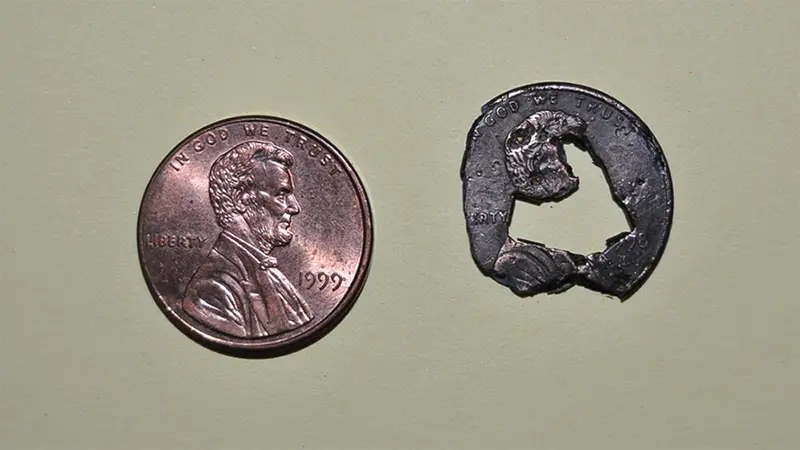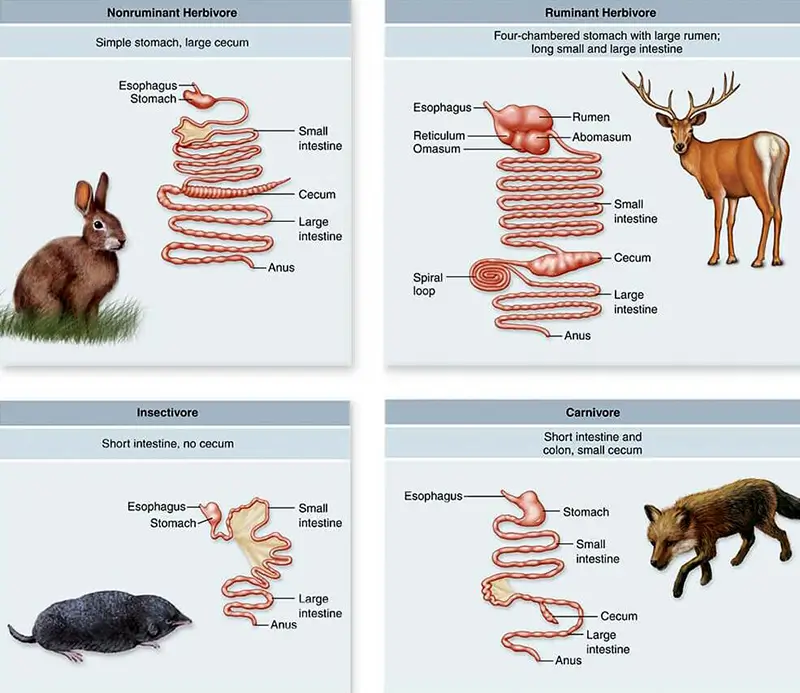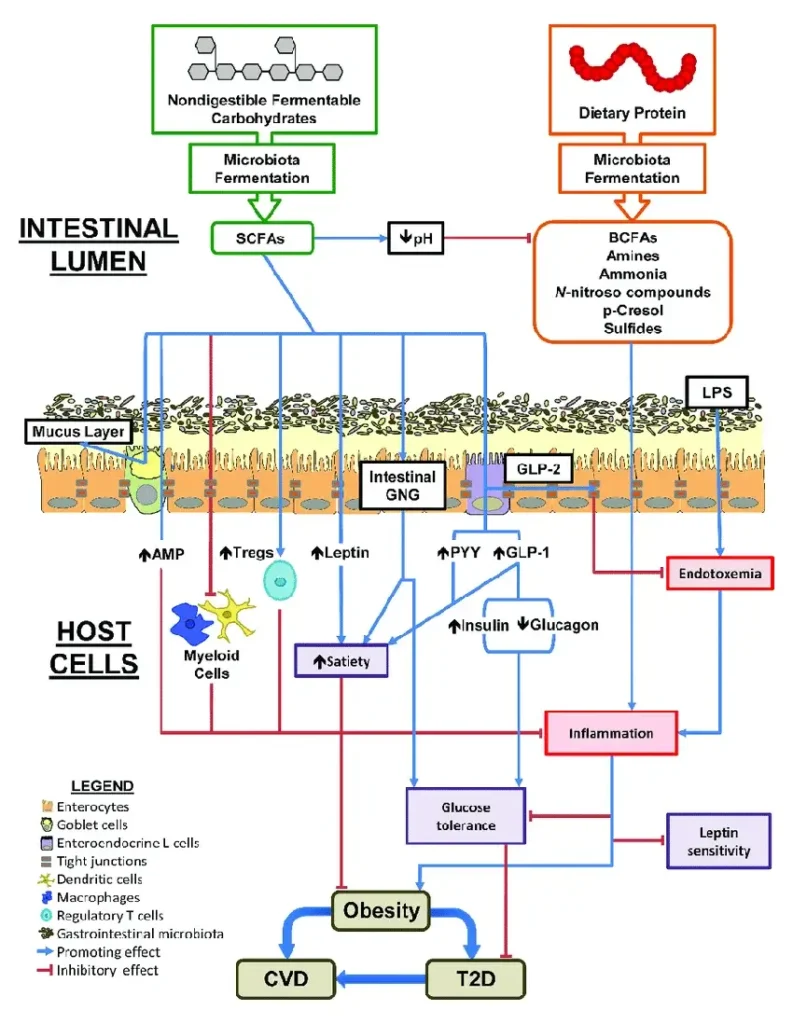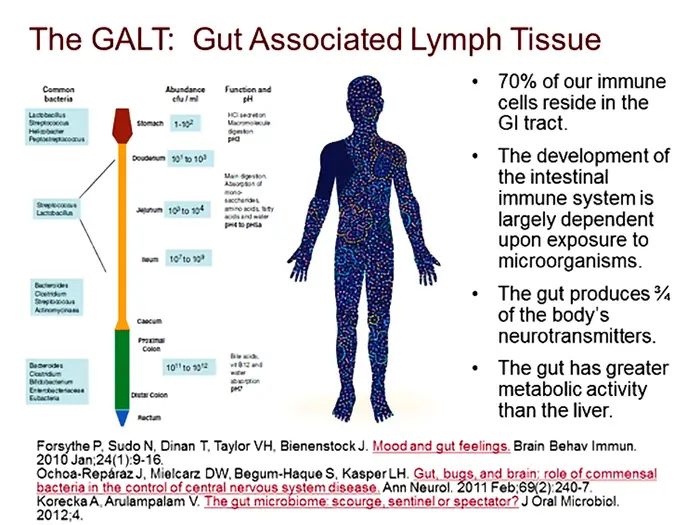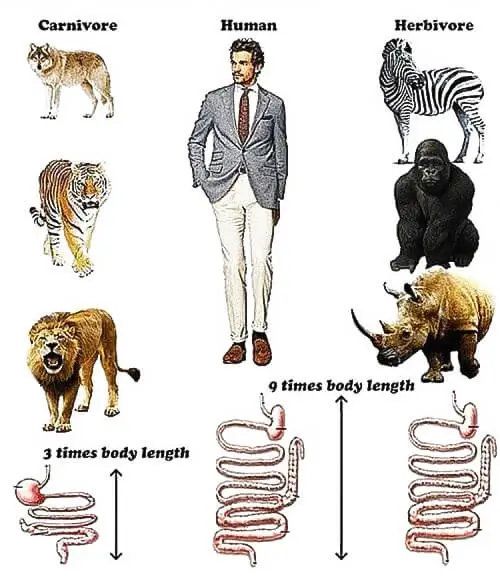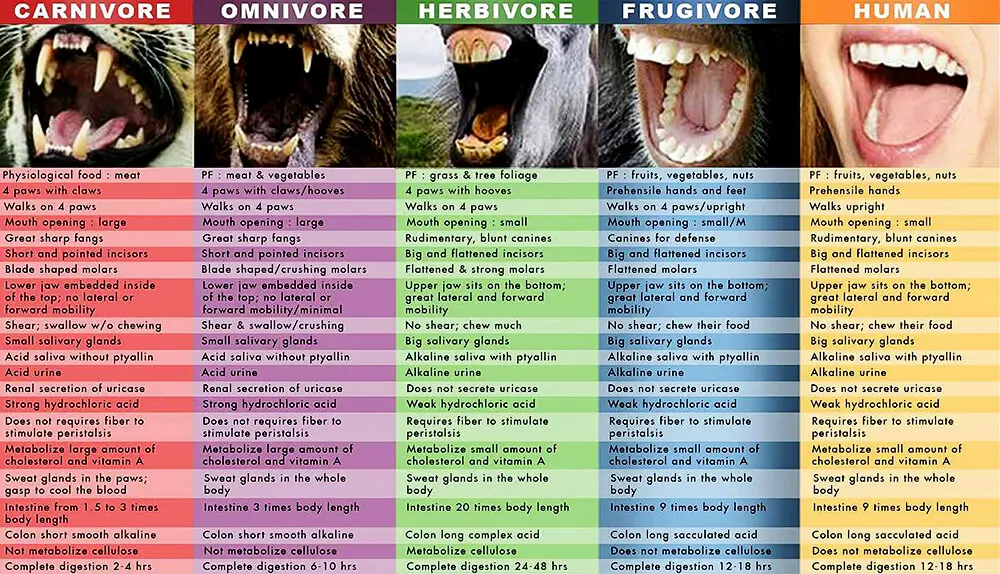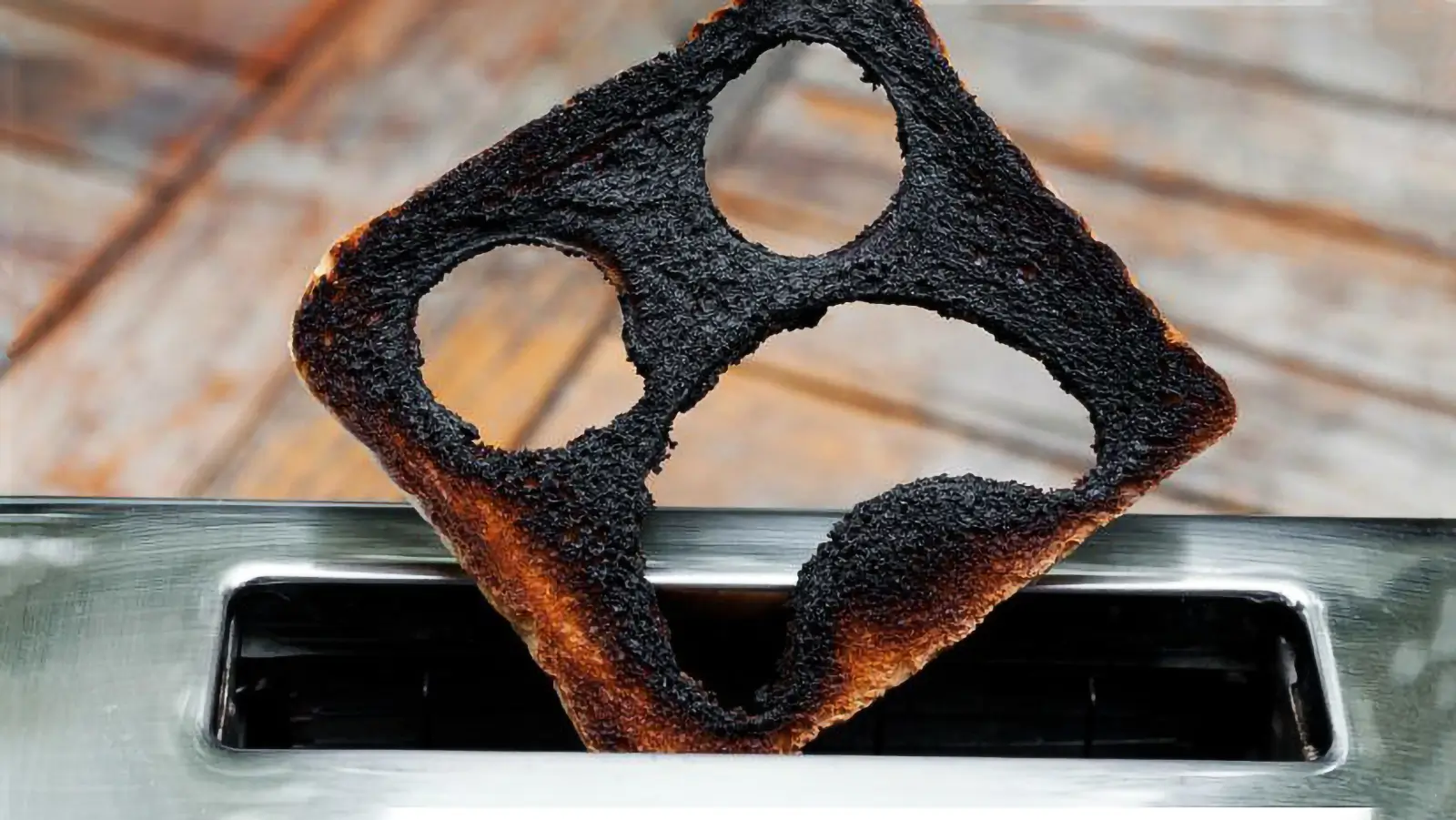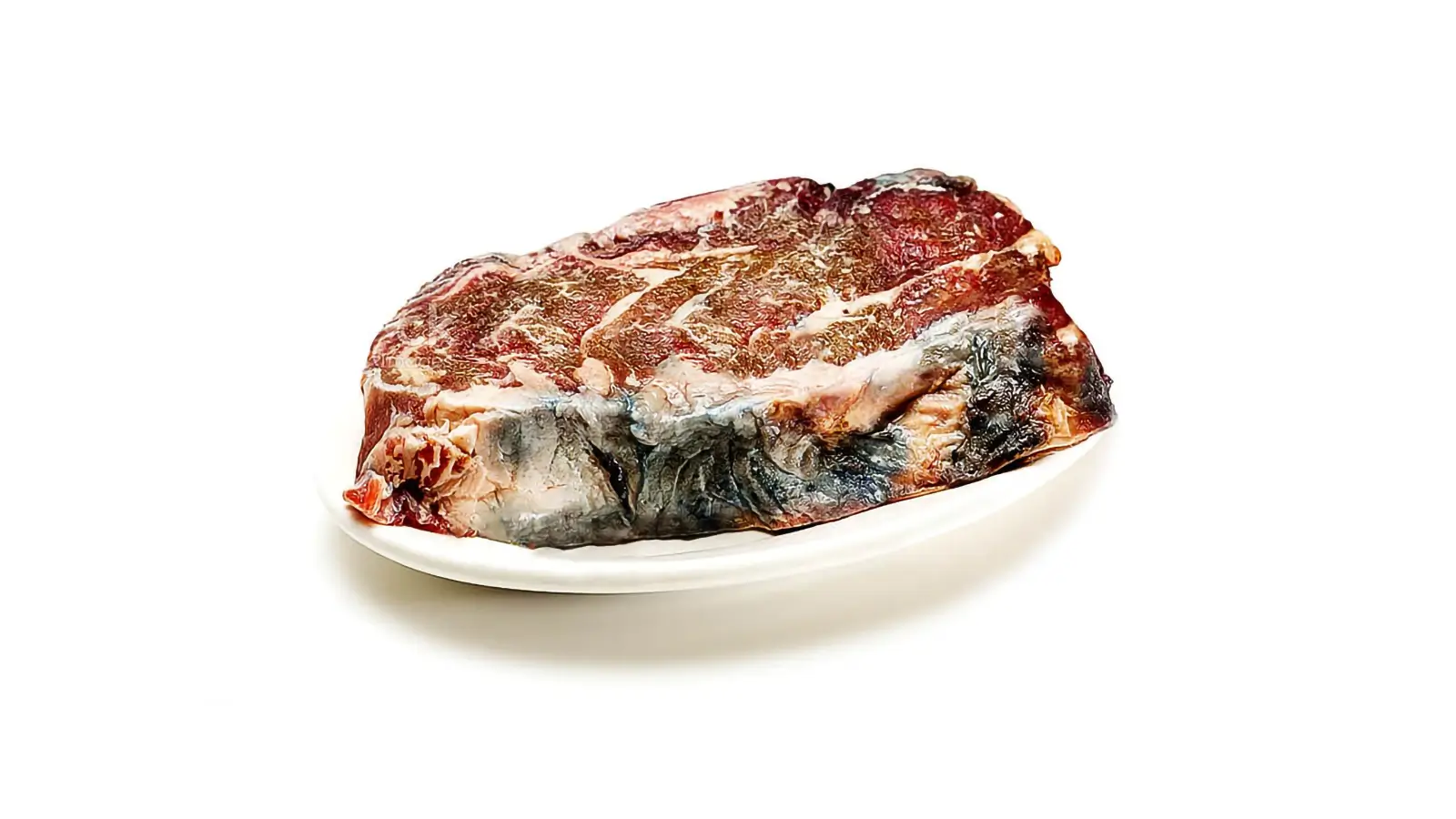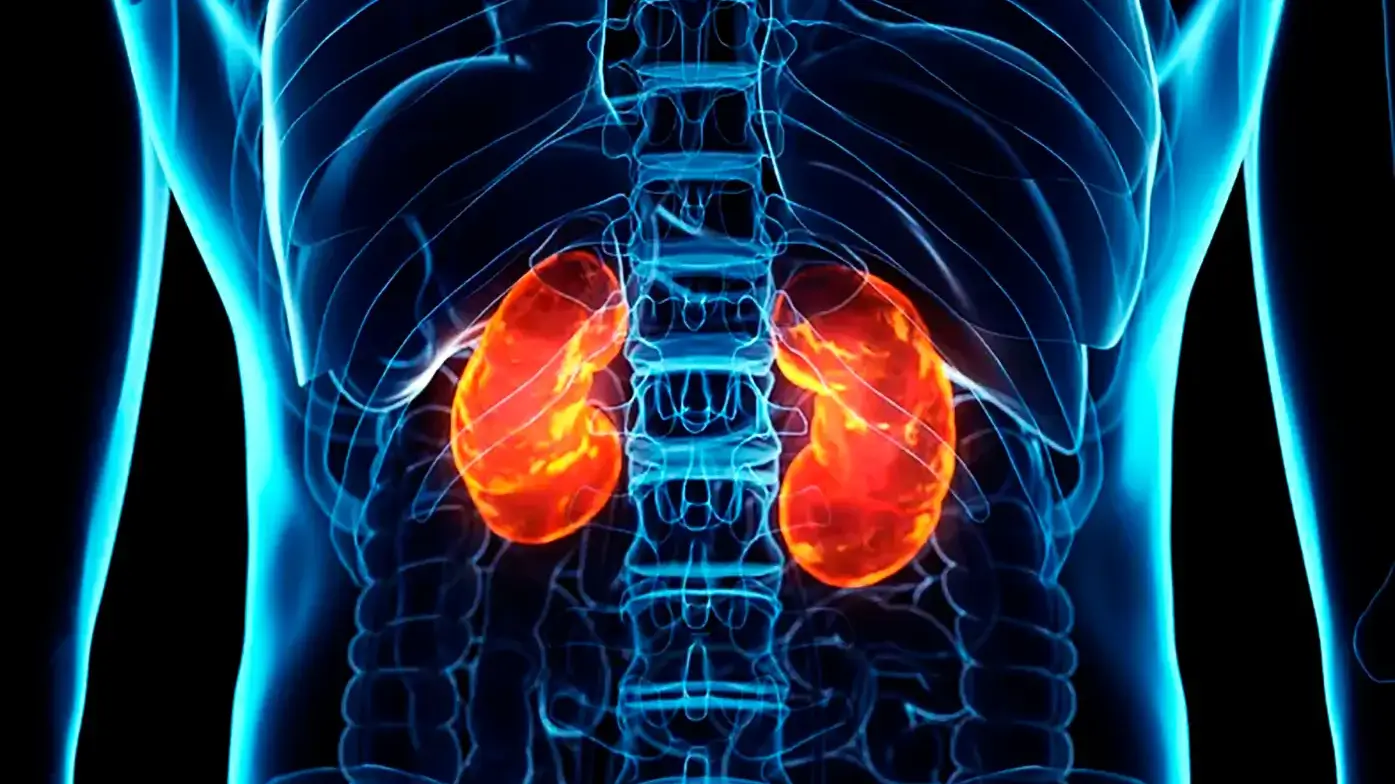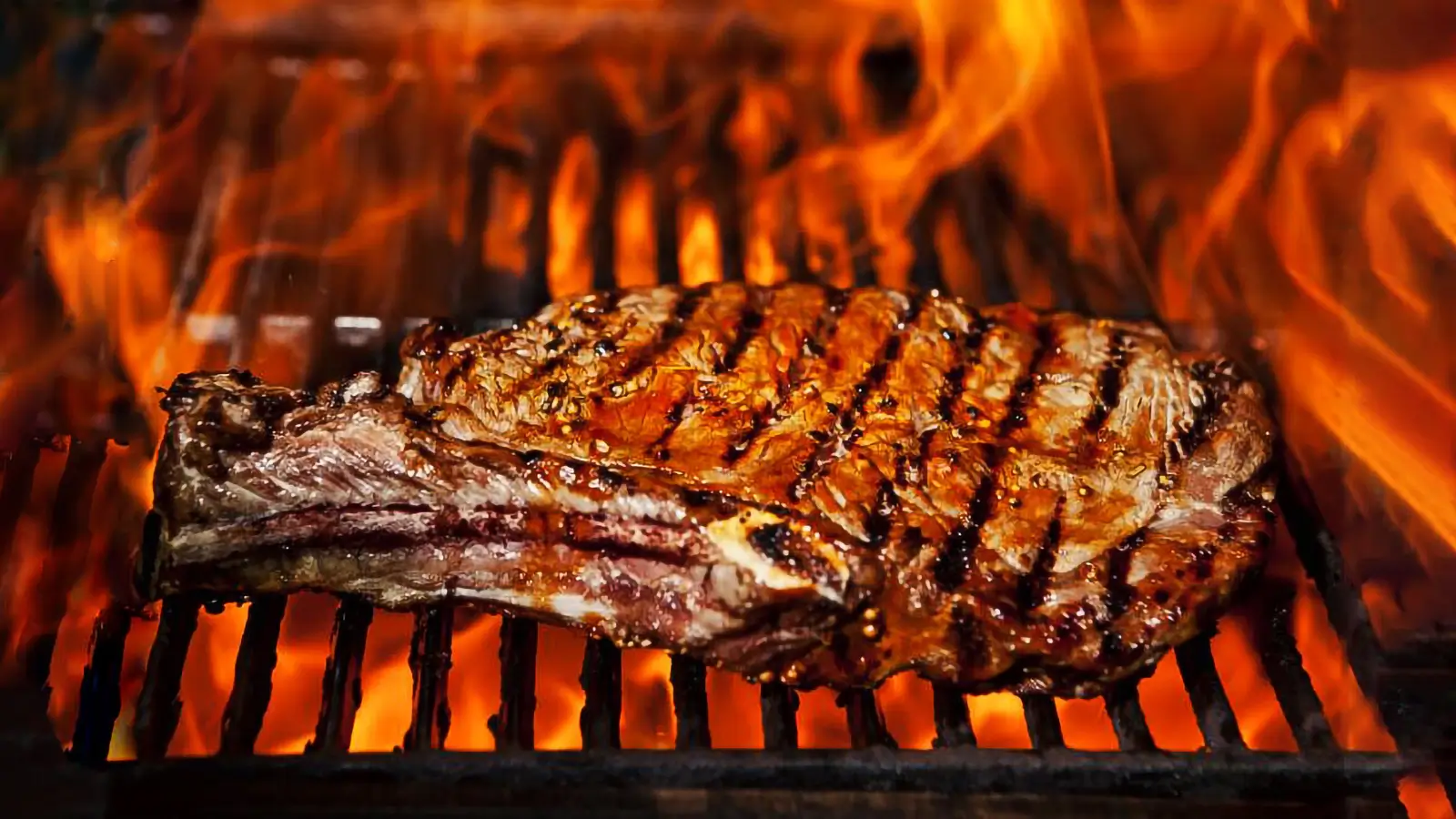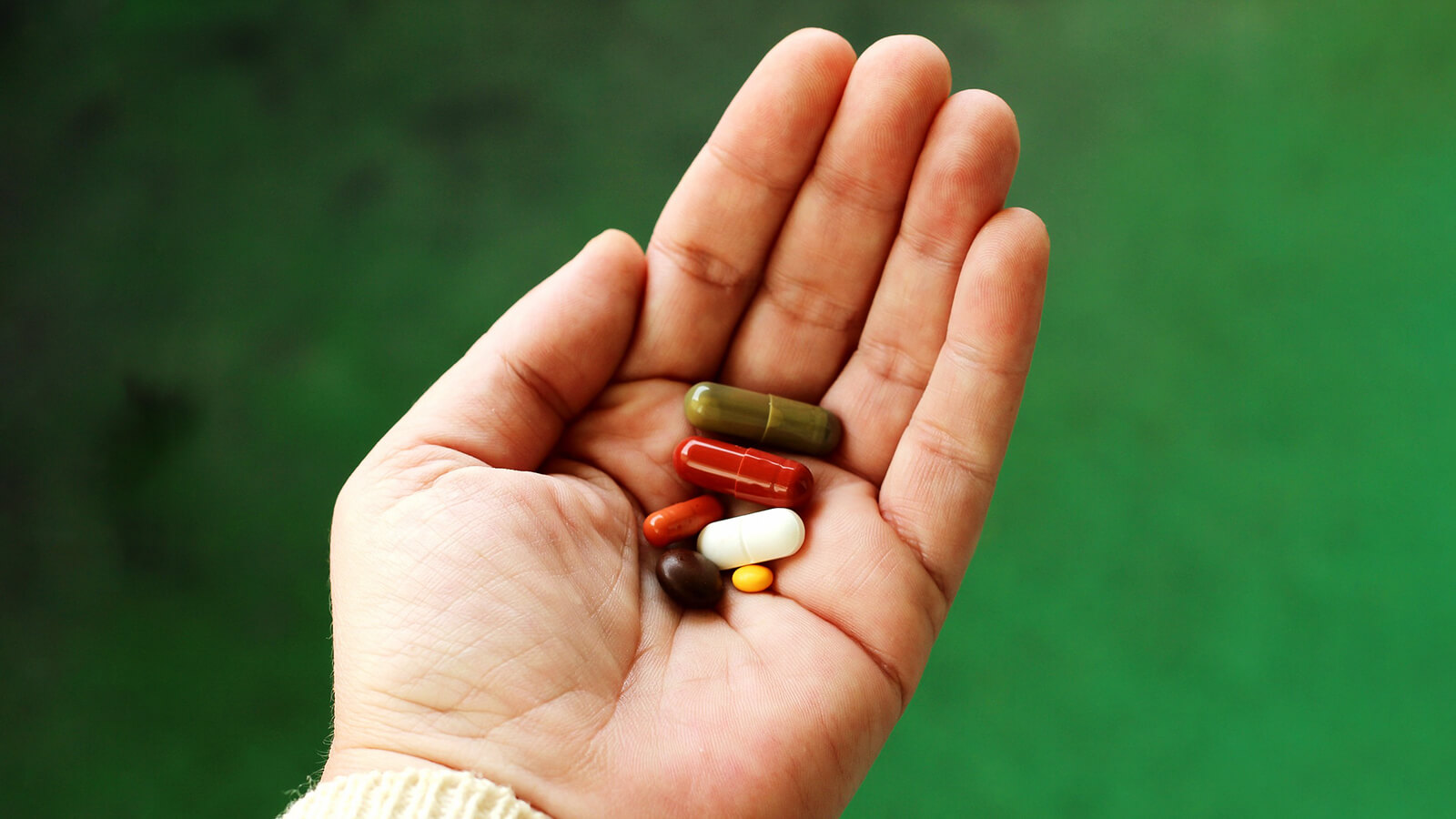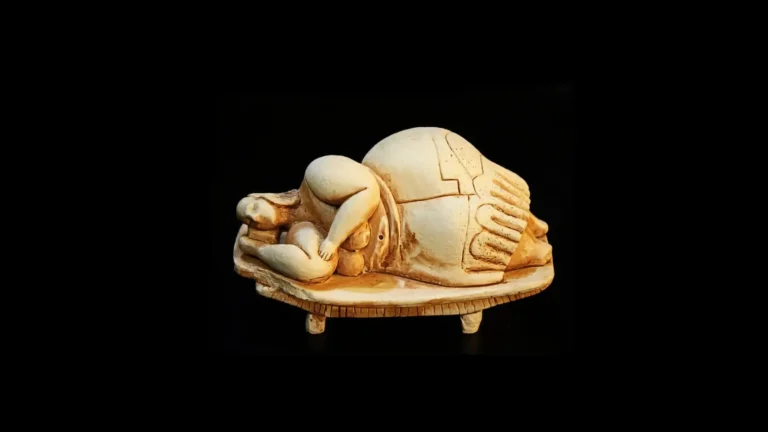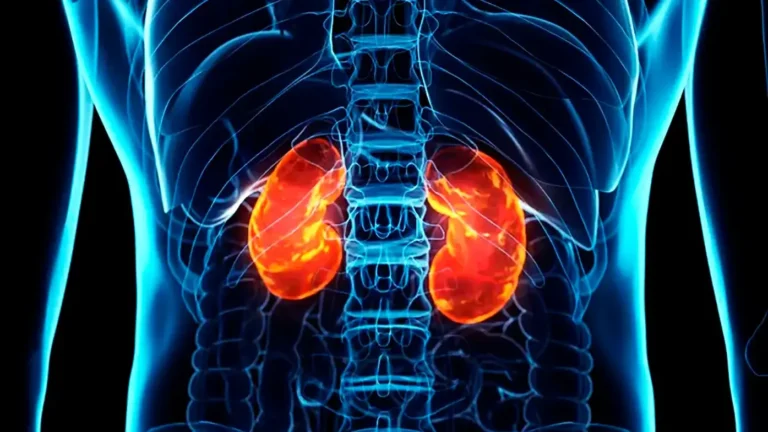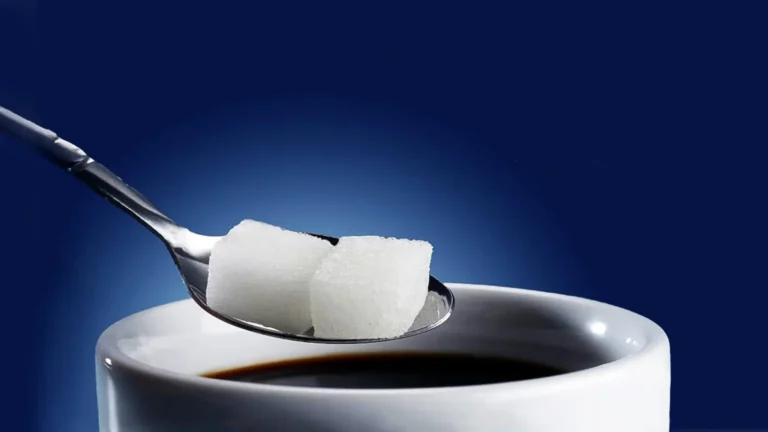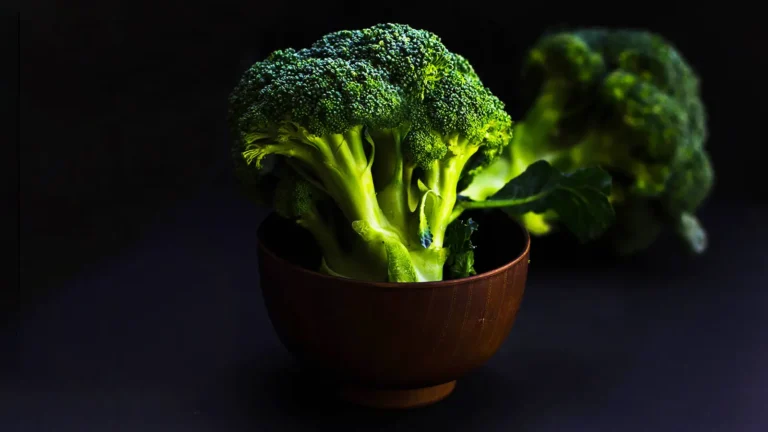The humans omnivores dilemma- Meat consumption, probiotic bacteria, inflammation, and the gut
Are humans omnivores in a true anatomical sense? There is a fundamental difference in the way the digestive tract works in plant vs meat-eating species.
Milos Pokimica
Written By: Milos Pokimica
Medically Reviewed by: Dr. Xiùying Wáng, M.D.
Updated June 9, 2023What is a healthy human diet? Are humans omnivores and are we born to consume meat?
Doctors, other experts, and conventional wisdom all agree that animal products are necessary components of a healthy diet and that humans are omnivores. The majority of people believe as well that humans are omnivores. Some argue that humans have always eaten animal products. As a result, they must be natural and healthy.
The majority of us today, or let’s say 99 percent are behavioral (we are not anatomical) omnivores but even this is false. Do you feel tempted to stop and snack on dead animals on the side of the road? Do you fantasize about slaughtering cows with your bare hands and eating them raw? If you answered “no” to these questions, you’re not even a behavioral omnivore. Chimpanzees are more behavioral omnivores even than us. In some cases, chimpanzees will actually kill and eat other monkeys and animals raw.
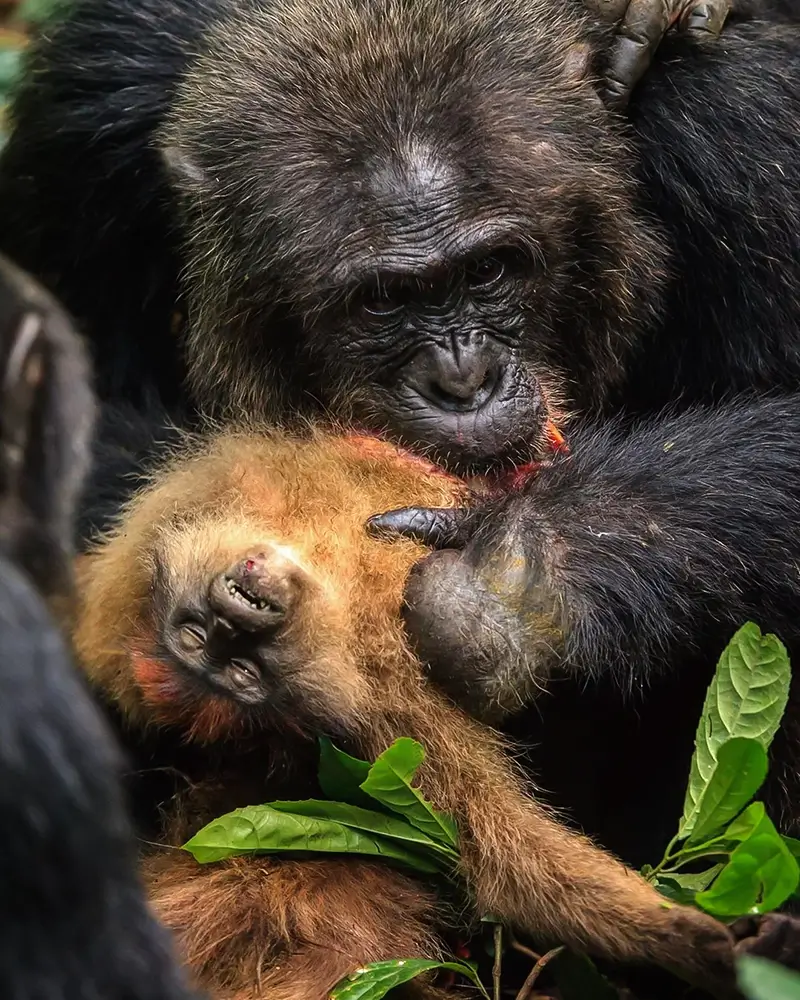
Despite the fact that many humans eat both plants and meat, earning us the dubious title of “omnivore,” we are anatomically herbivorous.
There are numerous reasons why humans would consume animal products when they are not the best foods for us but this still does not make humans omnivores. For example, as the original people migrated north, they frequently ate animal products to survive because adequate plant products were unavailable. This would make them in the same category as chimpanzees, only behavioral omnivores.
There is also significant cultural pressure to consume animal products. Many people grew up with them. Religions frequently claim that God created animals for humans to use and eat. According to the US Dietary Guidelines, animal products are part of a healthy diet. Food companies frequently publish skewed research claiming that animal products are healthy. Doctors are frequently taught that these foods are healthy.
Until recently, only the wealthy could afford to feed, raise, and slaughter animals for meat, while the rest of the population ate mostly plant foods. As a result, prior to the twentieth century, only the wealthy were routinely afflicted with diseases such as heart disease and obesity. Because animal flesh has become relatively cheap and widely available thanks to the discovery of synthetic fertilizers (it takes 7 calories from starch to make one calorie of meat), deadly diseases such as heart disease, strokes, cancer, diabetes, and obesity have spread to people from all socioeconomic backgrounds. People in less-developed areas of Asia and Africa have begun to suffer and die from diseases associated with meat-based diets as the Western lifestyle spreads. If we consume animal protein, this does not make humans omnivores automatically.
What people don’t realize is that animal protein can be digested and utilized by all herbivores. Not just humans. Humans, as intelligent, higher life forms, have the ability to change our behavior and diet. However, just because we can survive or enjoy eating animal products does not imply that they are optimal, healthy foods for humans.
Anatomy takes precedence over everything, including beliefs and food preferences. Anatomical characteristics are observable facts. They objectively demonstrate the types of foods that we and other creatures evolved to consume and thus thrive on. By comparing the anatomical features of carnivores, omnivores, and herbivores, the following discussion demonstrates that humans are herbivores (Yates et al., 2021).
Are humans omnivores in a true anatomical sense? There is a fundamental difference between the way the digestive tract works in plant-eating and meat-eating species. There are no bacteria in the colon of the meat-eating species because this type of meat-eating bacteria is very aggressive and it is not probiotic. Transit time of food through the digestive tract in meat-eaters needs to be short, no more than five to ten hours or the immune system can be overstressed when meat begins to rot in the colon. That will create inflammation and food poisoning. Also stomach acid in meat eaters is much more corrosive and their upper digestive tract is essentially sterile.
The large intestine (colon) of carnivores and omnivores is thus simple and very short since its sole purpose is to absorb salt and water. It has almost an identical width as the small intestine and, consequently, has a limited capacity to function as a reserve. Although a microbial populace is still present in large amounts in the colon of carnivores, its activities are essentially putrefactive.
In herbivorous animals, the large intestine is a highly specialized organ involved in the absorption of water and electrolytes, the production of vitamins, and the fermentation of plant fibers. The colons of herbivores are always more comprehensive than their small intestine and are relatively long and filled with probiotic bacteria. The microbiome of the colon in humans has an essential role in the normal functioning of the body.
Somehow we underrate the importance of the colon and think it is just some waste material organ. In carnivores, it is, in us, it is not. In Homo sapiens and other primates colon is subject to a different array of functions. For example, water and electrolyte absorption and vitamin production and absorption. There is also extensive bacterial fermentation of fiber that results in the different metabolites and short-chain fatty acids production and absorption from the colon that also provides significant amounts of energy and other health benefits. We are not able to utilize the entire energy value of the fiber as grazers can do but we can utilize some of it. The extent to which the fermentation and absorption of metabolites take place in the human colon has only lately started to be studied, and research into the microbiome is a new big thing because of all of the chemicals that these bacteria can secrete and the effect that they have on our bodies. It is not just the vitamins that probiotic bacteria create. Every chemical is one possible drug.
The composition of the microbiome depends on the food we eat. One type ferments fiber and another type putrefy the meat, and not all of them are probiotic.
Think about it this way, if bacteria putrefy the beans for example and we get gases as a result, it does not have a considerable interest in us. We are not her food. Bacteria like the beans only. Bacteria are organisms that are specialized to a great extent. They do not eat everything. One type eats fiber, another type eats meat. It likes you too but in a different way. You are her host, and you give her all that food and a place to live with moisture and warmth so she may help you live longer because she likes you, but in a different way, she does not like your meat.
However, when we have bacteria that putrefy corpses, then we are on the menu too. Meat is meat, and ours is tasty too. Most people do not realize that most of our immune system about 60-70% is actually in our abdomen as a vast system of lymph networks referred to as GALT (gut-associated lymphatic tissue).
Moreover, about 80% of plasma cells mainly immunoglobulin A (IgA)-bearing cells reside in GALT. We have more foreign DNA from bacteria and other symbiotic microorganisms in us than our own. In carnivore animals because of acidity most of the upper GI tract is sterile. When food reaches the colon, there can be no foreign invaders, and most of the already present species of colon microbiota are “nice” ones. When we eat meat the situation is different. The human gastrointestinal tract features anatomical modifications consistent with an herbivorous diet with low acidity and long transit time, so the potential for the growth of aggressive strains of not symbiotic bacteria is real, and if they are present in the food they can colonize the intestinal lining and cause constant presence for our immune system. The reason for the so-called balance between probiotic and non-probiotic bacteria is because of this. We always have a big chunk of our microbiome that is not symbiotic with our bodies. Eating meat feeds a large chunk of this nonsymbiotic bacteria. High animal products and low fiber consumption are not just associated with an increase in transit time and constipation. They are also associated with the rise of the low level of chronic inflammation and the risk of colon cancer.
When we consume meat it will be sitting in our colon for a long time and because we are not adapted to eating meat and animal products in higher amounts that will have negative effects and that is just how it is. Taking probiotic supplements won’t change anything in real numbers because bacteria multiply very rapidly when there is an energy source. If bacteria eat meat and meat stays in our digestive tract for days the end result is inflammation. If we over-consume animal products at regular intervals we would have a bad microbiome in our colon and a chronic rise in inflammation.
One might wonder what happens in the digestive tract of real omnivorous species. Do real anatomical omnivores have a short or long colon and do they ferment fiber? Carnivore abdomen composition is more primitive than herbivorous adaptations with higher acidity to kill off dead meat bacteria. Therefore, one would expect an omnivore to be a carnivore that shows some adaptations of the gastrointestinal tract to an herbivorous diet. This is precisely the situation we found in the raccoons, the bears, and some members of the canine families. Bears, for example, are mainly herbivores with 70-80% of their diet consisting of plant foods. Because bears include significant amounts of meat in their diet, they must maintain the anatomical characteristics that allow them to capture and kill their prey. Therefore, bears have a maxillary structure, musculature, and dentition that allow them to apply the forces necessary to kill and dismember their prey even though most of their diet consists of plant foods. The most important adaptation to an herbivorous diet in bears is the modification of their teeth. The bears kept the incisors, the large canines, and the premolar shearers of a carnivore; but the molars were square with rounded cusps to crush and grind. They still have high acidity and high resistance filter and short colon. They cannot digest the fibrous vegetation and, therefore, are highly selective. Their diet is dominated mainly by aromatic herbs, tubers, and berries. Many scientists believe that the reason why bears hibernate is due to their primary food (succulent vegetation) are not available in the cold winters of the north. The small intestine is short (less than five times the length of the body) like that of pure carnivores, and the colon is simple, soft, and short.
References:
- Arumugam, M., Raes, J., Pelletier, E., Le Paslier, D., Yamada, T., Mende, D. R., Fernandes, G. R., Tap, J., Bruls, T., Batto, J. M., Bertalan, M., Borruel, N., Casellas, F., Fernandez, L., Gautier, L., Hansen, T., Hattori, M., Hayashi, T., Kleerebezem, M., Kurokawa, K., … Bork, P. (2011). Enterotypes of the human gut microbiome. Nature, 473(7346), 174–180. https://doi.org/10.1038/nature09944
- Moore, W. E., & Moore, L. H. (1995). Intestinal floras of populations that have a high risk of colon cancer. Applied and environmental microbiology, 61(9), 3202–3207. https://doi.org/10.1128/aem.61.9.3202-3207.1995
- Tuohy, K. M., Conterno, L., Gasperotti, M., & Viola, R. (2012). Up-regulating the human intestinal microbiome using whole plant foods, polyphenols, and/or fiber. Journal of agricultural and food chemistry, 60(36), 8776–8782. https://doi.org/10.1021/jf2053959
- Hakansson, A., & Molin, G. (2011). Gut microbiota and inflammation. Nutrients, 3(6), 637–682. https://doi.org/10.3390/nu3060637
- Ferguson J. F. (2013). Meat-loving microbes: do steak-eating bacteria promote atherosclerosis?. Circulation. Cardiovascular genetics, 6(3), 308–309. https://doi.org/10.1161/CIRCGENETICS.113.000213
- Hazen, S. L., & Brown, J. M. (2014). Eggs as a dietary source for gut microbial production of trimethylamine-N-oxide. The American journal of clinical nutrition, 100(3), 741–743. https://doi.org/10.3945/ajcn.114.094458
- Glick-Bauer, M., & Yeh, M. C. (2014). The health advantage of a vegan diet: exploring the gut microbiota connection. Nutrients, 6(11), 4822–4838. https://doi.org/10.3390/nu6114822
- Kellow, N. J., Coughlan, M. T., & Reid, C. M. (2014). Metabolic benefits of dietary prebiotics in human subjects: a systematic review of randomised controlled trials. The British journal of nutrition, 111(7), 1147–1161. https://doi.org/10.1017/S0007114513003607
- Fellows Yates, J. A., Velsko, I. M., Aron, F., Posth, C., Hofman, C. A., Austin, R. M., Parker, C. E., Mann, A. E., Nägele, K., Arthur, K. W., Arthur, J. W., Bauer, C. C., Crevecoeur, I., Cupillard, C., Curtis, M. C., Dalén, L., Carlos, J., Drucker, D. G., Escribano Escrivá, E., . . . Warinner, C. (2021). The evolution and changing ecology of the African hominid oral microbiome. Proceedings of the National Academy of Sciences, 118(20), e2021655118. https://doi.org/10.1073/pnas.2021655118
Related Posts
Do you have any questions about nutrition and health?
I would love to hear from you and answer them in my next post. I appreciate your input and opinion and I look forward to hearing from you soon. I also invite you to follow us on Facebook, Instagram, and Pinterest for more diet, nutrition, and health content. You can leave a comment there and connect with other health enthusiasts, share your tips and experiences, and get support and encouragement from our team and community.
I hope that this post was informative and enjoyable for you and that you are prepared to apply the insights you learned. If you found this post helpful, please share it with your friends and family who might also benefit from it. You never know who might need some guidance and support on their health journey.
– You Might Also Like –

Learn About Nutrition
Milos Pokimica is a doctor of natural medicine, clinical nutritionist, medical health and nutrition writer, and nutritional science advisor. Author of the book series Go Vegan? Review of Science, he also operates the natural health website GoVeganWay.com
Medical Disclaimer
GoVeganWay.com brings you reviews of the latest nutrition and health-related research. The information provided represents the personal opinion of the author and is not intended nor implied to be a substitute for professional medical advice, diagnosis, or treatment. The information provided is for informational purposes only and is not intended to serve as a substitute for the consultation, diagnosis, and/or medical treatment of a qualified physician or healthcare provider.NEVER DISREGARD PROFESSIONAL MEDICAL ADVICE OR DELAY SEEKING MEDICAL TREATMENT BECAUSE OF SOMETHING YOU HAVE READ ON OR ACCESSED THROUGH GoVeganWay.com
NEVER APPLY ANY LIFESTYLE CHANGES OR ANY CHANGES AT ALL AS A CONSEQUENCE OF SOMETHING YOU HAVE READ IN GoVeganWay.com BEFORE CONSULTING LICENCED MEDICAL PRACTITIONER.
In the event of a medical emergency, call a doctor or 911 immediately. GoVeganWay.com does not recommend or endorse any specific groups, organizations, tests, physicians, products, procedures, opinions, or other information that may be mentioned inside.
Editor Picks –
Milos Pokimica is a doctor of natural medicine, clinical nutritionist, medical health and nutrition writer, and nutritional science advisor. Author of the book series Go Vegan? Review of Science, he also operates the natural health website GoVeganWay.com
Latest Articles –
Plant Based News
-
These Raw Apple Pie Bars Are Gluten-Free And Vegan
on July 3, 2025
-
Switzerland Rolls Out Labels Flagging Animal Suffering In Food Products
on July 3, 2025
-
Add These Tofu ‘Taste Cubes’ To Your Next Sandwich
on July 3, 2025
-
Frozen Tofu Just Got A Summer Makeover In This Eggplant Gratin
on July 2, 2025
-
A Day Of High-Protein Vegan Meals – Featuring Homemade Seitan
on July 2, 2025
-
Califia Farms Expands Oat Barista Range With Two New Nut-Flavored Blends
on July 2, 2025
-
Vegan Marathoner To Run Length Of UK For His 60th Birthday
on July 1, 2025
Top Health News — ScienceDaily
- AI spots deadly heart risk most doctors can’t seeon July 3, 2025
An advanced Johns Hopkins AI model called MAARS combs through underused heart MRI scans and complete medical records to spot hidden scar patterns that signal sudden cardiac death, dramatically outperforming current dice-roll clinical guidelines and promising to save lives while sparing patients unnecessary defibrillators.
- Even low levels of air pollution may quietly scar your heart, MRI study findson July 3, 2025
Breathing polluted air—even at levels considered “safe”—may quietly damage your heart. A new study using advanced MRI scans found that people exposed to more air pollution showed early signs of scarring in their heart muscle, which can lead to heart failure over time. This damage showed up in both healthy individuals and people with heart conditions, and was especially noticeable in women, smokers, and those with high blood pressure.
- Sweet-smelling molecule halts therapy-resistant pancreatic canceron July 3, 2025
A compound best known for giving almonds and apricots their aroma may be the key to defeating hard-to-kill cancer cells. Japanese researchers found that benzaldehyde can stop the shape-shifting ability of aggressive cancer cells, which lets them dodge treatments and spread. By targeting a specific protein interaction essential for cancer survival—without harming normal cells—benzaldehyde and its derivatives could form the basis of powerful new therapies, especially when combined with […]
- Why anger cools after 50: Surprising findings from a new menopause studyon July 3, 2025
Anger isn’t just a fleeting emotion—it plays a deeper role in women’s mental and physical health during midlife. A groundbreaking study tracking over 500 women aged 35 to 55 reveals that anger traits like outbursts and hostility tend to diminish with age and menopause progression. This shift could signal enhanced emotional regulation during and after the reproductive transition. Surprisingly, the only form of anger that remained steady was suppressed anger.
- This sun-powered sponge pulls drinking water straight from the oceanon July 3, 2025
In a leap toward sustainable desalination, researchers have created a solar-powered sponge-like aerogel that turns seawater into drinkable water using just sunlight and a plastic cover. Unlike previous materials, this new 3D-printed aerogel maintains its efficiency at larger sizes, solving a key scalability issue. In outdoor tests, it produced clean water directly from the ocean without any electricity, pointing to a future of low-cost, energy-free freshwater production.
- The fatal mutation that lets cancer outsmart the human immune systemon July 3, 2025
Scientists at UC Davis discovered a small genetic difference that could explain why humans are more prone to certain cancers than our primate cousins. The change affects a protein used by immune cells to kill tumors—except in humans, it’s vulnerable to being shut down by an enzyme that tumors release. This flaw may be one reason treatments like CAR-T don’t work as well on solid tumors. The surprising twist? That mutation might have helped our brains grow larger over time. Now, researchers […]
- Deafness reversed: Single injection brings hearing back within weekson July 3, 2025
A cutting-edge gene therapy has significantly restored hearing in children and adults with congenital deafness, showing dramatic results just one month after a single injection. Researchers used a virus to deliver a healthy copy of the OTOF gene into the inner ear, improving auditory function across all ten participants in the study. The therapy worked best in young children but still benefited adults, with one 7-year-old girl regaining almost full hearing. Even more exciting: this is just the […]
PubMed, #vegan-diet –
- Exploring the role of gut microbiota in rheumatoid arthritis: the effects of diet and drug supplementationon July 2, 2025
Rheumatoid Arthritis (RA) is a chronic autoimmune disease that mostly breaks out at the joints. It further causes bone erosion and decreased life quality due to severe pain. Current drugs are mainly focused on reducing pain, but unable to terminate the disease progression. This study aims to determine the effect of diet types (Western, Vegan and Mediterranean) on RA progression. Some dietary supplements and drug administration (Huayu-Qiangshen-Tongbi formula or Leflunomide plus Methotrexate) […]
- Blood biomarkers of Alzheimer’s disease in Australians habitually consuming various plant-based dietson June 30, 2025
BackgroundEvidence suggests that plant-based diets (PBDs) may be protective against neurodegenerative diseases such as Alzheimer’s disease (AD).ObjectiveThis study examined associations between blood-based AD biomarkers in individuals 30-75 years without current or diagnosed cardiovascular disease following different PBDs versus regular meat-eating diets (RMEs).MethodsThis secondary analysis of the Plant-based Diets study measured Aβ(1-42)/Aβ(1-40), p-tau181, NFL, and GFAP in 237 plasma […]
- Zinc supplementation among zinc-deficient vegetarians and vegans restores antiviral interferon-α response by upregulating interferon regulatory factor 3on June 28, 2025
CONCLUSION: We identified zinc-dependent IRF3 expression as an essential cellular mechanism behind impaired IFNα response in zinc-deficient subjects. This may contribute to disturbed antiviral immunity and cause increased susceptibility to virus infections in vivo. Oral zinc supplementation effectively restored IRF3 and IFNα levels. Hence, nutritional interventions may become increasingly important in order to prevent health implications from micronutrient deficiencies among vegetarians and…
- Micronutrient intake and nutritional status in 16-to-24-year-olds adhering to vegan, lacto-ovo-vegetarian, pescatarian or omnivorous diets in Swedenon June 26, 2025
CONCLUSION: Youth, regardless of dietary practice, need support to ensure adequate micronutrient intakes, particularly for vitamin D and selenium. Further research is required to evaluate iodine nutrition in Swedish youth.
- Integrating comparative genomics and risk classification by assessing virulence, antimicrobial resistance, and plasmid spread in microbial communities with gSpreadCompon June 26, 2025
CONCLUSIONS: The gSpreadComp workflow aims to facilitate hypothesis generation for targeted experimental validations by the identification of concerning resistant hotspots in complex microbial datasets. Our study raises attention to a more thorough study of the critical role of diet in microbial community dynamics and the spread of AMR. This research underscores the importance of integrating genomic data into public health strategies to combat AMR. The gSpreadComp workflow is available at…
Random Posts –
Featured Posts –

Latest from PubMed, #plant-based diet –
- Cultural adaptation and psychometric validation of the Turkish MIND diet adherence scale for young adultsby Özge Esgin on July 3, 2025
CONCLUSIONS: The Turkish adaptation of the MIND Diet Adherence Scale can be utilized in its entirety, without the need to remove any items. This study affirms that the MIND Diet Adherence Scale is a valid and reliable measurement tool for assessing dietary habits in Turkish society.
- Effectiveness of dietary interventions in managing pediatric gastroesophageal reflux disease: a comprehensive systematic reviewby Abdulrahman A Alnaim on July 3, 2025
CONCLUSION: Although current evidence remains limited, this review highlights promising dietary strategies-especially plant-based diets and probiotics-for managing pediatric GERD. Future research should focus on personalized nutrition and long-term effectiveness to validate these non-pharmacological interventions.
- Association between pulp stone and Mediterranean diet: a clinical and radiographic studyby Nuray Bağcı on July 3, 2025
CONCLUSION: Based on the findings presented in this study, it can be said that there is an association between the pulp stone and the MedDiet and that the MedDiet nutrition increases the pulp stone.
- Health and economic benefits of energy, urban planning, and food interventions that lower greenhouse gas emissionsby Mary B Rice on July 3, 2025
Public health can be immediately and substantially improved by policies that also mitigate climate change over the longer term. However, implementation of these policies has been slowed at least in part by doubts and lack of awareness of these health co-benefits. To address this barrier to progress, we demonstrate how an illustrative set of interventions led to environmental, health, and economic benefits, in addition to mitigating climate change. These case studies include the closure of a […]
- Optimizing Aedes albopictus rearing: effects of insect- and bacteria-based larval diets on immature and adult performanceby Eleni C Savvidou on July 2, 2025
Mass production of Aedes albopictus for Sterile Insect Technique (SIT) requires cost-effective and nutritionally balanced larval diets to ensure high survival, optimal development and competitive adult fitness. This study evaluates the potential of insect-derived meals and dead autoclaved bacteria as the main protein sources in mosquito larval diets. Four isoproteinic diets were studied, each one incorporating different protein sources: Brewer’s yeast (CAA), Tenebrio molitor meal (UTH-YM),…
- Association between adherence to Mediterranean-DASH intervention for neurodegenerative delay diet and disease severity in patients with ulcerative colitisby Zeinab Nikniaz on July 2, 2025
Considering the importance of induction and maintenance of remission in patients with ulcerative colitis (UC), different studies investigated the association between adherence to healthy dietary patterns and disease severity. This cross-sectional study investigated the association between Mediterranean-DASH Intervention for Neurodegenerative Delay (MIND) diet score and disease severity in patients with UC. In this study, 158 patients with UC were included. Disease severity was determined by a…
